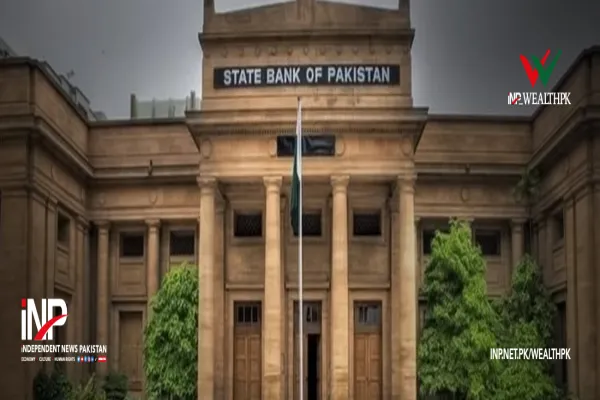i INP-WEALTHPK
Abdul Ghani
Overseas employment for Pakistani workers rose sharply in September 2025, with 73,545 individuals securing jobs abroad, marking a 43 percent increase compared to August, according to the Finance Division’s Monthly Economic Update & Outlook (October 2025).
The surge highlights strong demand for Pakistani labor in Gulf Cooperation Council (GCC) countries and the government’s successful efforts to expand overseas employment opportunities. The report said that the overall migration momentum remained robust throughout the first quarter of FY2026, providing a much-needed boost to remittances and household income stability.
Saudi Arabia, the United Arab Emirates (UAE), and Qatar accounted for the majority of new job placements, followed by Oman, Bahrain, and Malaysia. Employment opportunities were concentrated in the construction, hospitality, health, and services sectors, where Pakistani labor continues to be in high demand.
Economists said the rise in overseas employment underscored Pakistan’s potential as a leading labor-exporting country. “Every increase in overseas placements adds not only to remittance inflows but also to domestic economic resilience through household consumption,” one analyst noted.
The Finance Division said the cumulative effect of these labor exports had begun to show up in Pakistan’s external account. Remittances rose 8.4 percent to $9.5 billion in the first quarter of FY2026, helping to offset the trade deficit and strengthening foreign-exchange reserves. The report added that monthly remittance inflows crossed the $3 billion mark in September for the third consecutive month, reaching $3.18 billion.
The government has accelerated reforms in the Bureau of Emigration and Overseas Employment (BEOE) to facilitate processing of work visas and skill certifications. It is also strengthening bilateral labor agreements with Saudi Arabia, the UAE, Qatar, and South Korea to diversify employment destinations for skilled and semi-skilled workers.
In addition, vocational training programs under the National Vocational and Technical Training Commission (NAVTTC) and the Prime Minister’s Youth Programme have been scaled up to equip workers with internationally recognized skills. “The expansion of skill certification programs will help Pakistan capture higher-paying employment segments overseas,” the Finance Division noted.
The report said that labor migration was an important buffer against domestic unemployment, with overseas workers sending money home that supports rural economies, especially in Punjab, Khyber Pakhtunkhwa, and Azad Jammu and Kashmir, where the majority of emigrants originate.
It also highlighted ongoing social initiatives linked to inclusive growth. The Pakistan Poverty Alleviation Fund (PPAF) disbursed Rs322.6 million in interest-free loans during September to over 5,000 beneficiaries, while cumulative disbursements since 2019 stood at Rs120.7 billion. Similarly, Rs14.6 billion was spent under the Benazir Income Support Programme (BISP) during July–August FY2026, assisting low-income families across the country.
Economists said the twin dynamics of rising overseas employment and improved social protection were helping to cushion low-income households from inflationary pressures and employment shocks. “The transfer of income through remittances and social programs has helped sustain consumption and poverty reduction despite climate-related setbacks,” an economist explained.
The Finance Division projected that, if the current migration trend continues, Pakistan could surpass one million overseas job placements in FY2026, sustaining remittance inflows above $40 billion for the fiscal year. It emphasized that maintaining stable macroeconomic conditions and exchange-rate transparency would be essential to sustaining these gains.
“The performance of overseas workers remains one of the most vital sources of economic stability and external sustainability for Pakistan,” the Finance Division concluded. “Continued facilitation and skill development will further strengthen this backbone of the national economy.”

Credit: INP-WealthPk









